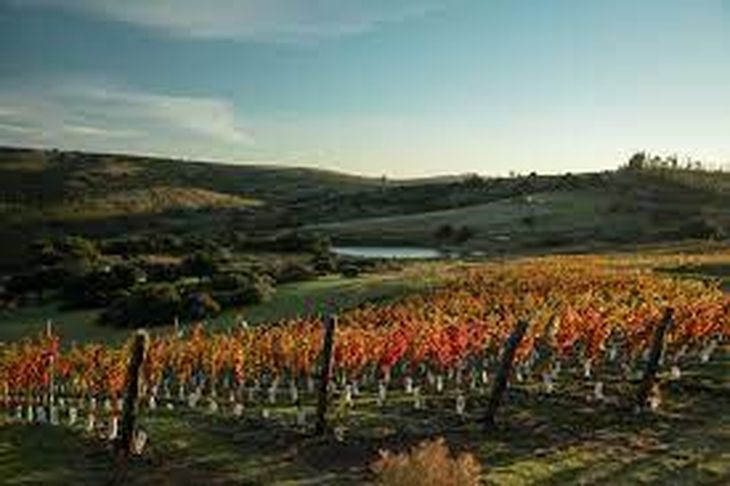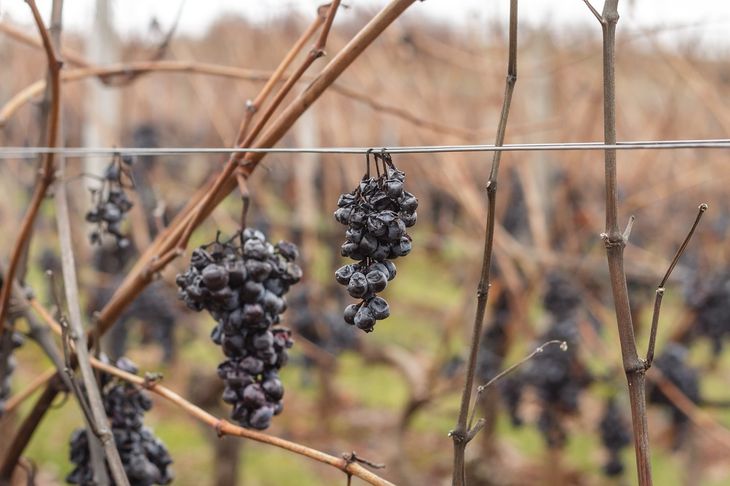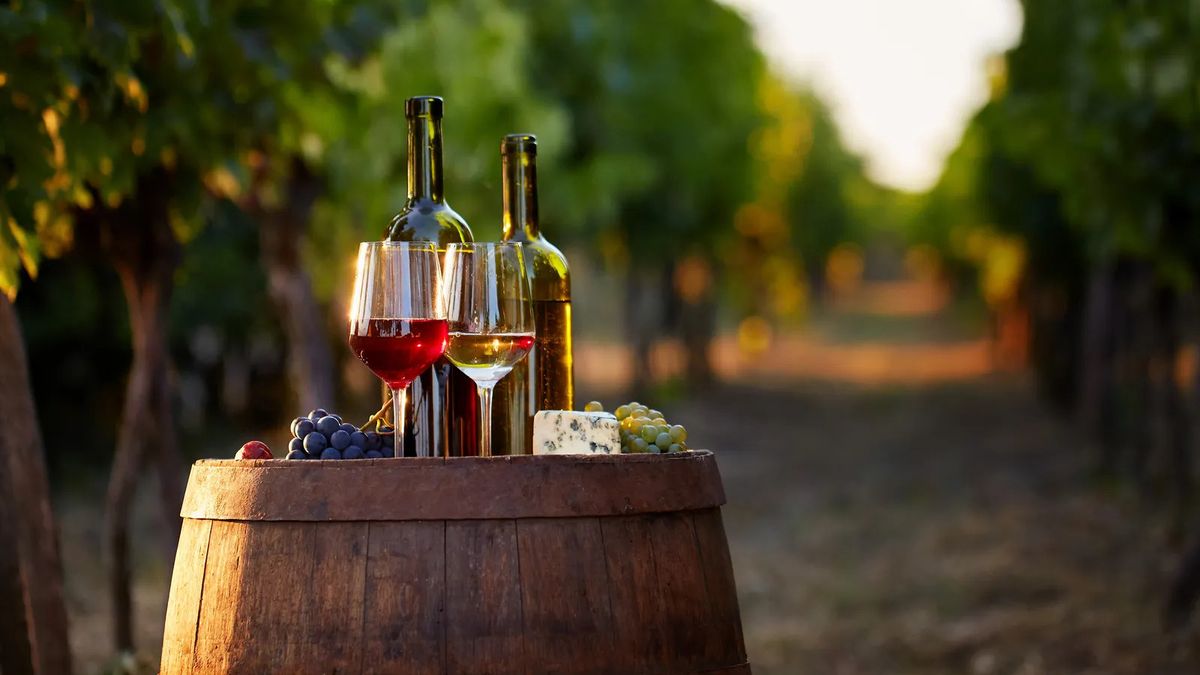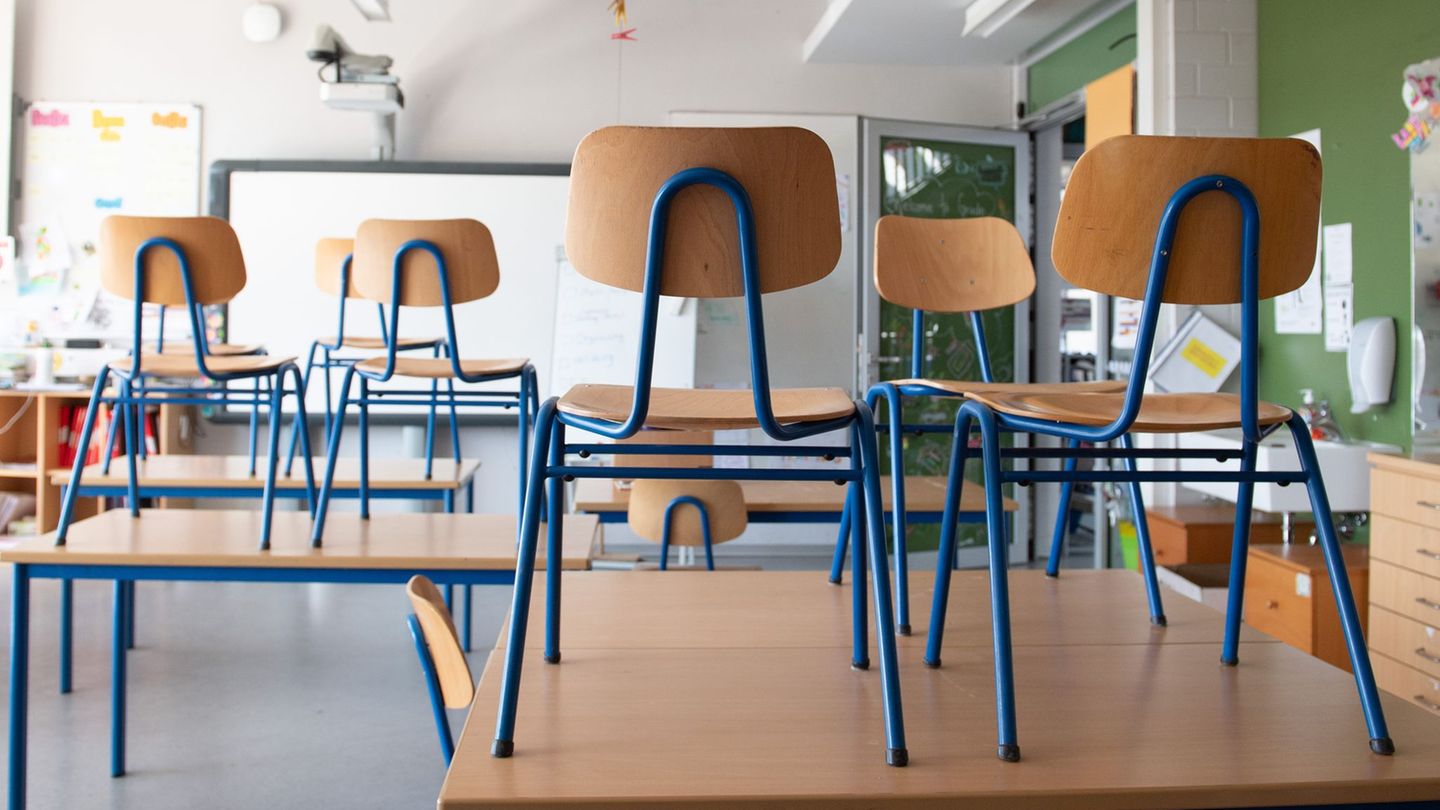The agronomist Eduardo Felixin charge of the technical advisory sector of Inavi and who works within the program led by the winemaker Bettina Bertolaspoke with Ambit about the characteristics of the certificate, the challenges of the sector and the effects of the drought.
May today’s companies achieve economic objectives without compromising the resources of tomorrow is, according to Félix, the slogan of the certification of the National Sustainable Viticulture Program and which aims to reach 162 vineyards, which represents some 1,846 hectares of vineyards throughout the national territory.
“The world is changing. What can be a differential in the market today, such as having production sustainablein the near future, between five or ten years, will become a request”, Felix explained. According to the engineer, Uruguay It is positioning itself in the market with this initiative since they have had encouraging visits in recent times.
Inavi received a visit from Vinmonopolet, the Norwegian state company that has a monopoly on retail alcohol sales in the Nordic country, which was very interested in the sustainability plan, as well as the control and traceability in the production processes, demonstrating that having the seal today “is a value added”, highlighted the expert.
uruguay vineyards.jpg
Take care of the environment, resources and its workers
The three keys of the sustainable plan, which includes the certification that will be carried out by the company LSQA (LATU + Quality Austria)are based, first of all, on taking care of the natural resourcesthat the processes impact in the least possible way on the environment and finally, take into account the health from the workers.
To obtain the certificate, the vineyards will have to comply with the “Standards for the integrated production of wine grapes” prepared by Inavi in conjunction with private technicians, the Agronomy and Chemistry faculties of the University of the Republic (Udelar), the National Agricultural Research Institute (INIA), the Higher School of Viticulture and the General Directorate of the Farm (Digegra), representing Ministry of Livestock, Agriculture and Fisheries (MGAP).
Within the standard, three types of products and production methods are differentiated, those that are completely prohibited because they impact the environment or because they affect the health of workers. The second group are those that are allowed to use, but with certain restrictions, such as metallic copper where 6 kilos per hectare per year are allowed, and the third group belongs to those that do not have restrictions regarding their impact, but on the application timeout depending on the harvest.
vineyards.jpg

On the other hand, the norm also impacts the treatment of all stages of production, starting with the floor, where it is determined that there must be grass between the vines to avoid erosion. At the level of fertilization The use of nitrogen is allowed up to a certain amount and taking into account the productivity of the vineyard.
In addition to natural resources, the health of workers is also taken into account, who must have the current health card. The engineer assured that, although it is mandatory by law to keep it up to date, in remote rural areas the corresponding controls are often not carried out. Likewise, if the vineyard uses pesticides, it must have a card issued by the MGAP that endorses its use.
Finally, the end of the production cycle is also taken into account with respect to the disposal of empty containers of agricultural inputs, which are generally burned, generating large quantities of toxic smoke. In this case, the containers are sent to a company called Clean Fieldwhich is responsible for waste management.
Millionaire losses due to drought and a research opportunity
Uruguay had to face one of the worst droughts in the last 100 years, where the agricultural sector was the most affected and the wine sector was not the exception. “The drought caught us all, because in Uruguay “This phenomenon was not normal,” lamented the agronomist.
Faced with this phenomenon, Félix assured that Inavi is beginning to investigate varieties or clones of grape varieties that are better adapted to drought. On the other hand, and exceptionally, sustainable vineyards were allowed to eliminate weeds around the plants to avoid competition due to lack of water.
Dried Grapes Dry Vineyards Drought

Photo: Pixabay
The economic damage was also a hard blow for the sector, which had to face a loss of 30 million kilos of grapes, which represented a total of 600 million pesos, about 15.67 million dollars.
Using and caring for today’s resources, without compromising those of tomorrow, is the idea of the wine sector that takes into account that climate change will continue to impact the nature, compromising the productive sectors that depend on it.
Source: Ambito




